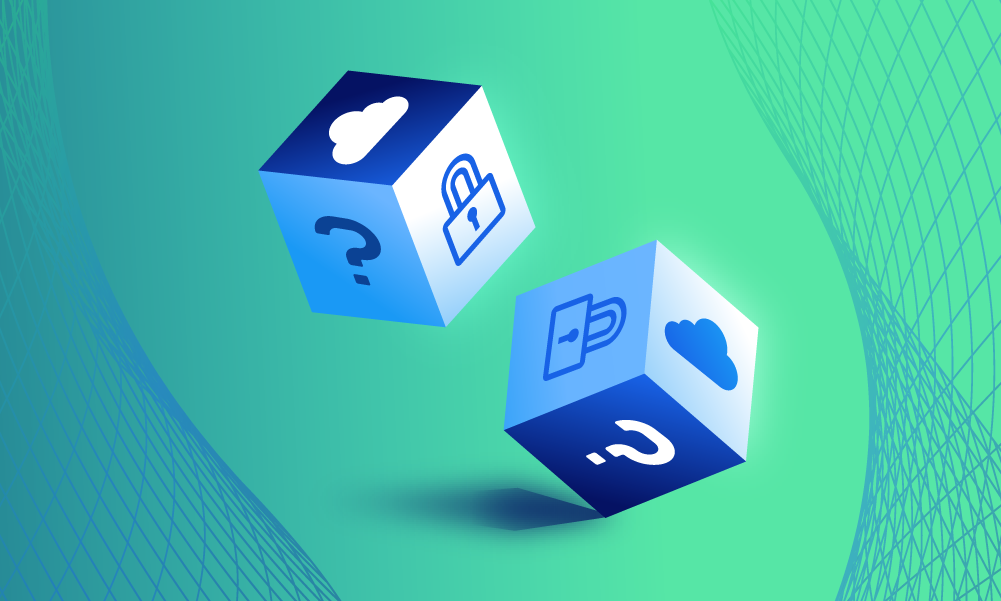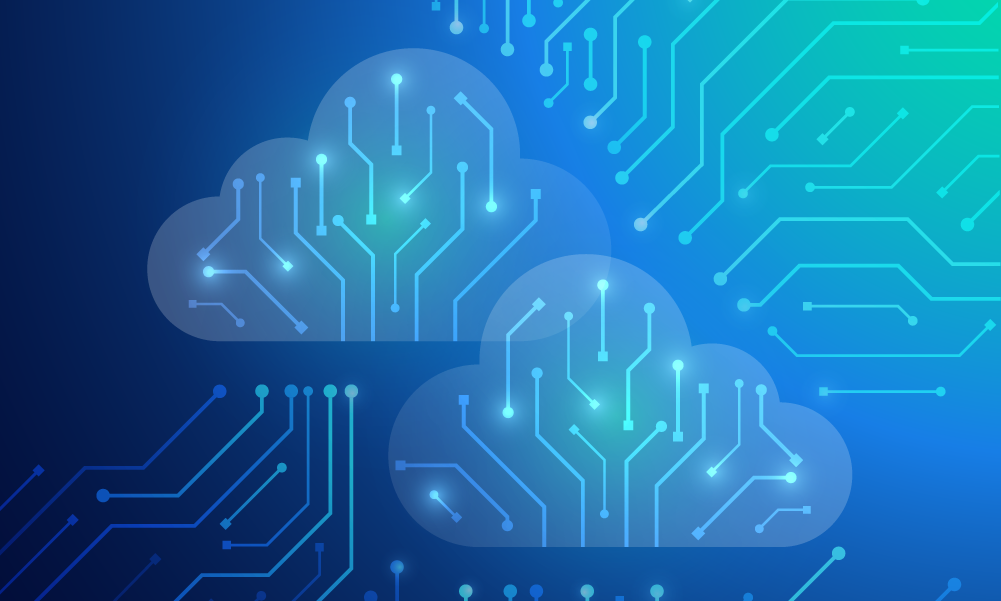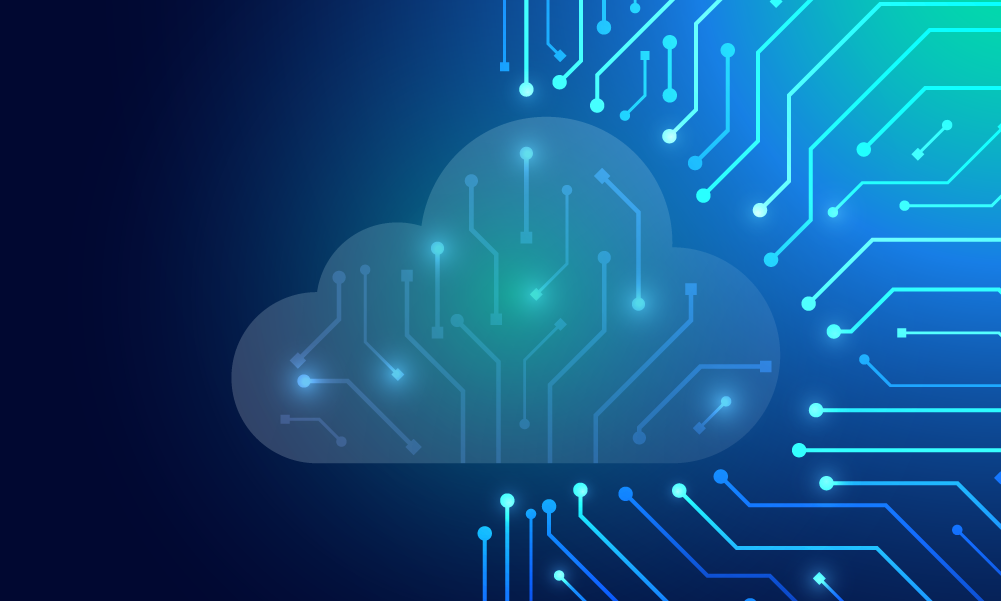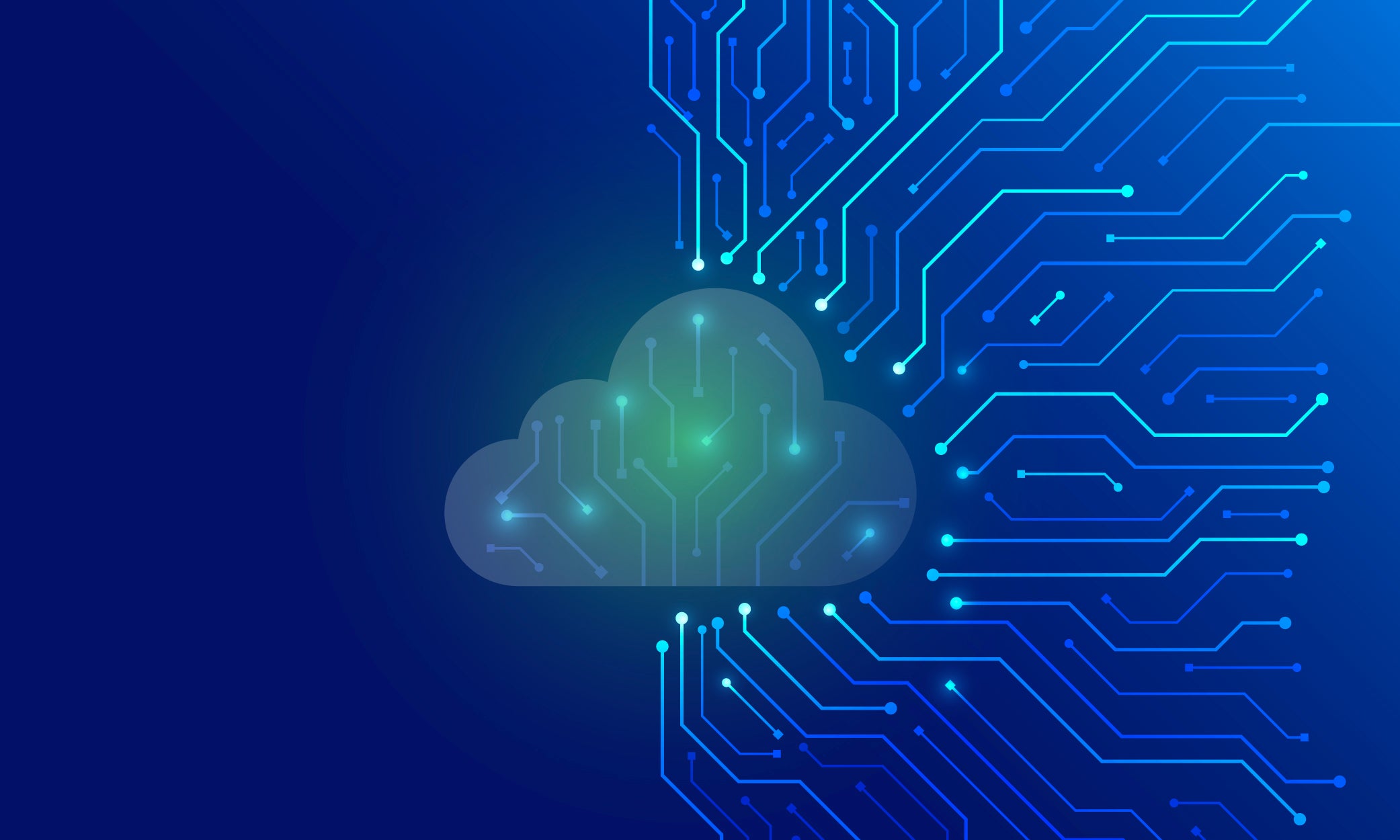Cloud security · 3 MIN READ · ETHAN CHEN · APR 9, 2025 · TAGS: Get technical / Guidance
TL;DR
- This is part four of four in our Comparison of cloud resources blog series
- For more, see parts one, two, and three
- Part four creates a roundmap for cloud security resources based on your org’s security maturity
This blog series will explore cloud security in depth. We’ll discuss the layers to protect and define the tools available for each. In part four, we’ll offer a road map to reduce cloud security risks. We’ll also explore how Expel works to eliminate security gaps at every layer to help you achieve comprehensive protection for your cloud environments.
The tools described above add up to a considerable shopping list for IT and security teams. You can’t buy and implement everything at once, of course. Instead, prioritize your security tooling strategy to address foundational requirements across the cloud, platform, and application layers.
At a high level, this maturity model follows four stages:
- Foundational: visibility and preventionWhat you don’t know will hurt you. The foundation and first step for cloud security is gaining essential visibility into the common chokepoints in your environment so you can detect vulnerabilities, IOCs, and IOAs. That includes tools to detect malware, anomalous activity, and other threats in your applications, network, containers, and APIs. Our blog post on vulnerability management for cloud environments explore vulnerability prioritization in depth.
- Core: secure cloud-native developmentAs you build cloud security maturity, DevSecOps and container security tools will help you prevent security incidents by catching vulnerabilities in the SDLC before they reach production.Advanced: deeper protection across your environment:At this stage, tools like DSPM, CIEM, and KDR provide more-granular capabilities to prioritize vulnerabilities, respond to incidents, restrict access, and fortify your attack surface.
- Sophisticated: fully mature cloud securityEven at this stage, there are additional measures that can make a significant difference for your security posture, further reducing risk, and proactively detecting early indicators of threats.
| Foundational | Core | Advanced | Sophisticated | |
|---|---|---|---|---|
| Cloud |
Code
Runtime
|
Foundational capabilities plus: Pipeline
|
Core capabilities plus: Runtime
|
Advanced capabilities plus: Runtime
|
| Orchestration |
Pipeline
Runtime
|
Core capabilities plus: Runtime
|
Advanced capabilities plus: Code
|
|
| Platform |
Code
Runtime
|
Foundational capabilities plus: Pipeline
Runtime
|
Core capabilities plus: Runtime
|
Core capabilities |
| Application |
Code
Runtime
|
Foundational capabilities plus: Pipeline
Runtime
|
Core capabilities plus: Pipeline
Runtime
|
Advanced capabilities plus: Runtime
|
While we recommend this model of tool strategy and maturity, it’s not the only way to improve your cloud security. As an alternative or complement to tool shopping, it’s also possible to reduce risk by rearchitecting your cloud environments and adopting best practices such as zero trust.
Secure-by-design principles can also play an important role. CISA provides a valuable overview of this concept. While the agency primarily addresses software production organizations, and their potential customers, internal development teams can adopt many of these tenets as well.
How Expel can help
Cloud infrastructure layer (control plane)
Orchestration layer
Platform Layer
Application layer
To learn more, explore the resources below or watch the on-demand demo of Expel’s MDR services to see how we deliver cloud security.
Contact us to enable comprehensive visibility, full understanding, real-time threat detection, and rapid response across your cloud environments.






